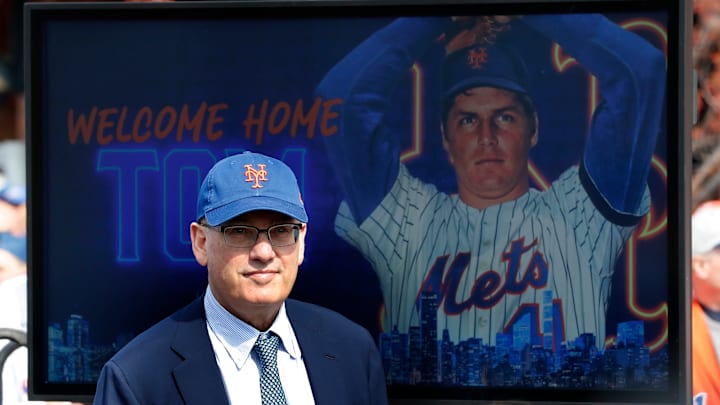2. Build through the farm system
The Mets have attempted the "quick fix" model for years. In 2018, the Mets had a weak offense, no real closer, but a great starting pitching staff. Van Wagenen went all in trading Jarred Kelenic for Robinson Cano and Edwin Diaz. In 2020, Cohen and Porter wanted to make a splash in beginning a new regime change by trading Andres Gimenez for Carlos Carrasco and Lindor. At the trade deadline in 2021, the Mets were barely a .500 team when Scott decided to trade Pete Crow-Armstrong for Baez. To say the Mets blew up their farm system on fringe playoff teams is an understatement.
Players who come through a franchise’s farm system have a sense of loyalty and passion to play for the team. They are developed with other young players to have better team chemistry upon their debuts in the majors. David Wright even alluded to this over the summer in describing his loyalty and passion to be a homegrown Mets player and his chemistry with Jose Reyes. When acquiring too much talent that already had success elsewhere such as Max Scherzer and Lindor, it is hard for these players to develop sustainable chemistry. The Mets from 2021-2023 and the San Diego Padres last season are great examples of this philosophy going wrong.
Furthermore, there is a sentimentality for the fanbase to see their young talent succeed at the major league level. The most popular players for the Mets have always been homegrown talent: Wright, Reyes, Alonso, even going back to Tom Seaver and Dwight Gooden. This type of culture in witnessing our own prospects rise through the minors and win a National League East title instead of free-agent "mercenary" players gives the fans a different type of connection with the players on the field. This can also be more sustainable, given the amount of young talent on rookie contracts.
